Keen to add a touch of alternative green to your home? Here are 6 easy-to-follow steps to build a green wall.
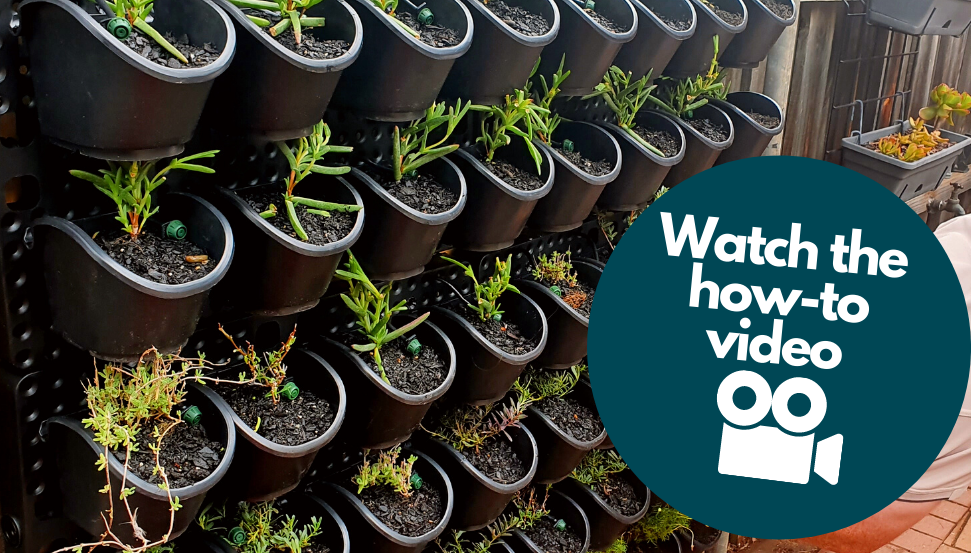
Green walls, vertical walls, living walls or eco-walls, as they are known, are panels of plants grown vertically along walls, fences or sheds. You can find cheap artificial plastic ones hooked on walls, but living ones are 100% better for you and for the environment.
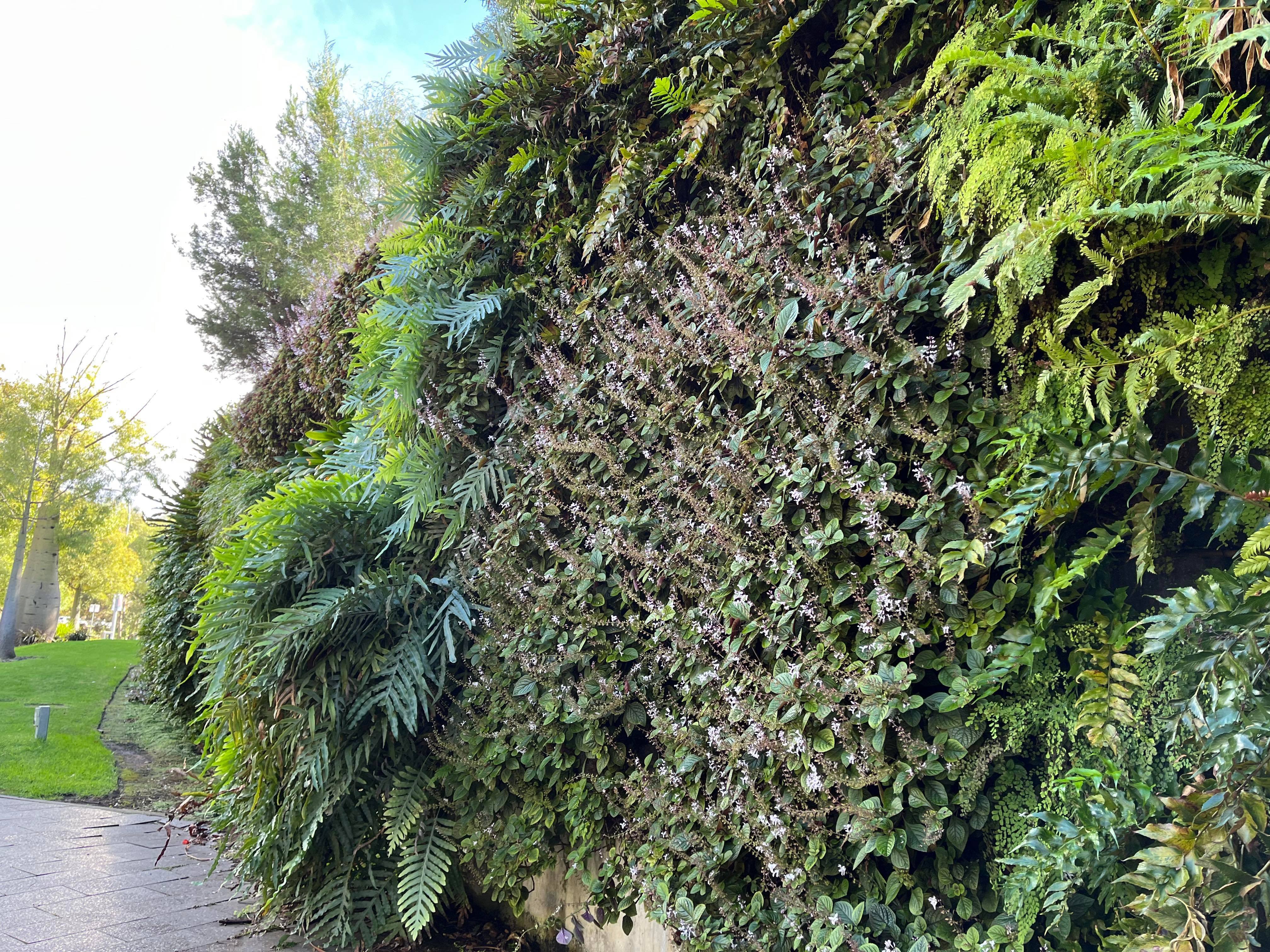
Green walls not only freshen up a space, they also create an alternative green area for wildlife around smaller homes and yards. They are a good way to create more privacy in your yard, help clean the air you breathe, have a soundproofing effect and look great.
Adelaide has some amazing green wall examples such as at the City of Adelaide’s customer service building on Pirie Street and at the entry of Adelaide Zoo.
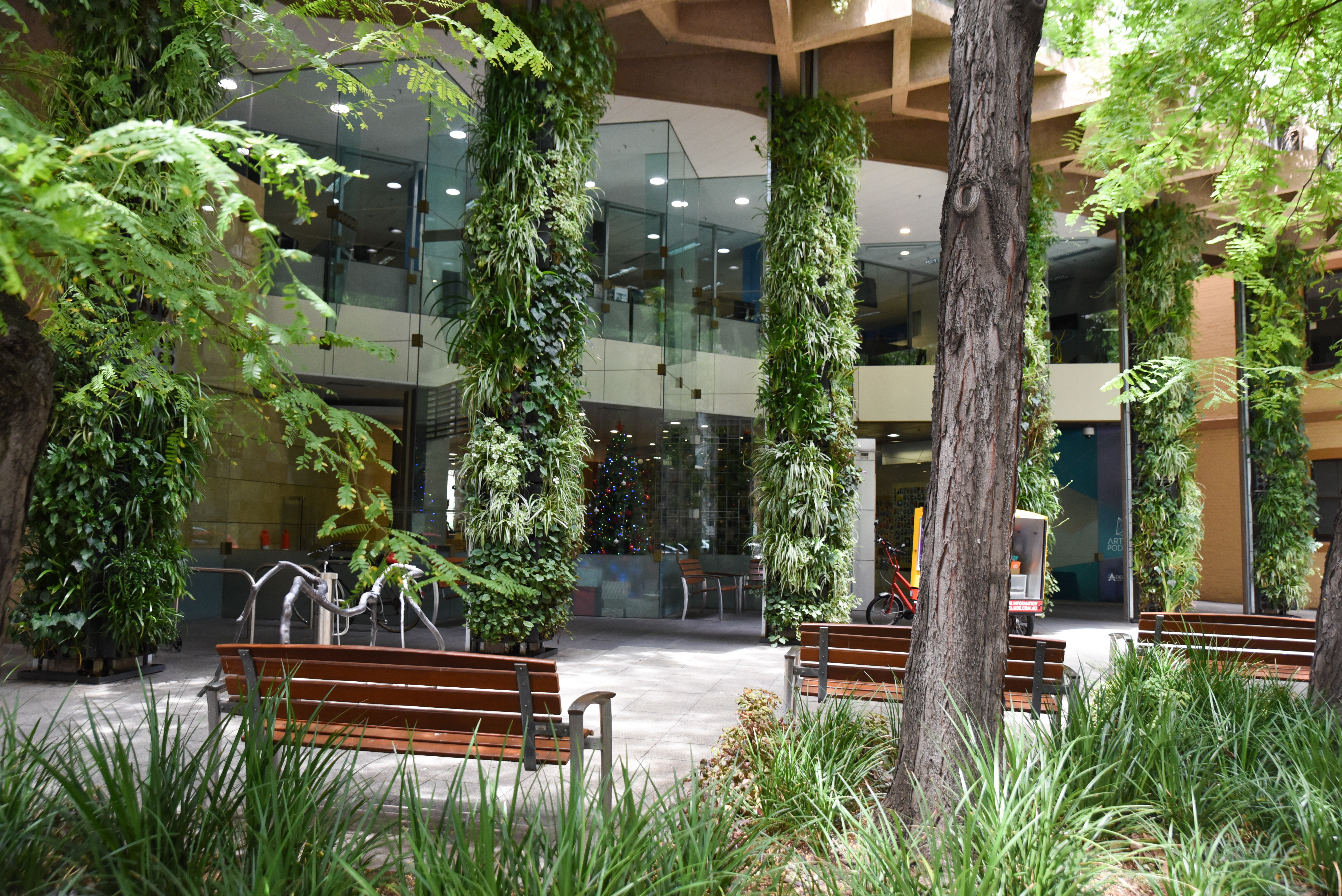
Don’t let the size of these examples put you off. A smaller green wall for your home is still impressive to the eye. It’s your very own ecosystem and a great piece of natural art to dress up your home – outdoors and indoors.
It’s also not a mammoth task. You just need to start it, and we’re here to help you.
A 1 m x 1 m green wall with native plants will take around 3 to 6 hours to build (depending on your green thumb) and will cost you about $500.
Here’s 6 easy-to-follow steps to build a green wall for your home:
1. Find a good spot
Scope out locations around your home that have close access to a tap, or another source of water that can be connected to pipes for irrigation.
Check the wall’s position and how many hours of sunlight it will get during the day. This is so you know the types of plants to select that will be happy in this spot.
Thirdly, make sure the wall, fence or shed is sturdy. Most are, but if its older check that it can withstand holding at least 20 kilograms of materials. The materials will include the green wall structure, pots, dirt, plants and water.
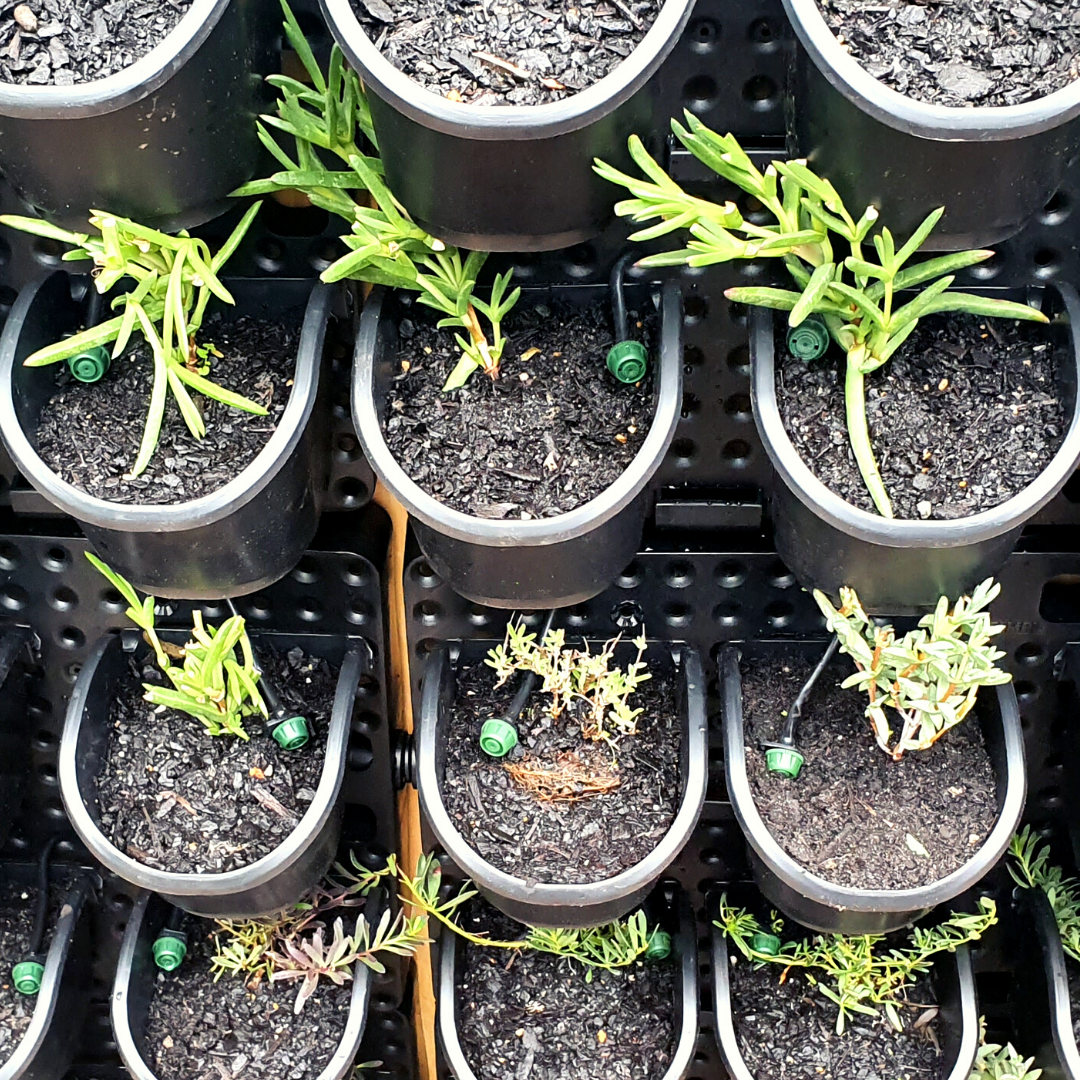
2. Select your planter
A planter includes the pots and structure that will hold your green wall together.
There are many good options like the Atlantis,, Elmich or Holman green wall models available from all good gardening and hardware shops.
Some green wall models come with an in-built watering system, which can be super helpful.
3. Install your planter
Follow the planter instructions to put the structure together and attach it to your wall, fence or shed.
The key tools you’ll likely need are a hammer, a drill and a suitable fixing for the type of wall that your planter will be attached.
4. Select your irrigation system
Setting up irrigation pipes and connecting them to a water source will make it super easy to water your green wall and keep it green.
We suggest you select an automatic timer system or a tap timer which are both available from local gardening and hardware shops.
You can always water by hand if you want to avoid setting up an irrigation system. If so, skip to step 6.
5. Time to install your irrigation system
Follow your selected irrigation system instructions to connect your pipes to your water supply and attach it to your green wall.
Once fitted, test the watering system before planting. Make sure each plant will get some water.
Top tip: For native plants, set your system to water the plants about 3 to 5 times a week.
6. Select and plant your plants
You can go with exotic/introduced species of plants, but Australian natives are better to support local birds, bees and butterflies. Adelaide natives are even better for our local environment. Check out Adelaide’s native plant nurseries that specialise in natives to easily find them.
Perfect native plants for green walls are the succulent pigface (Mesembry anthemum) for the top layer, fine leaf (Brachyscome) for the bottom layer as they love more water, and parvifolium (Myoporum) for the middle layers.
Your soil or potting mix will vary depending on the plants you select for your green wall.
All you need to do now is plant your plants and attach your planted pots to the green wall.
Top tip: Go with about 3 or 4 different species to create variety, colour and texture on your green wall. Herbs, flowers, ferns and succulents are a good mix.
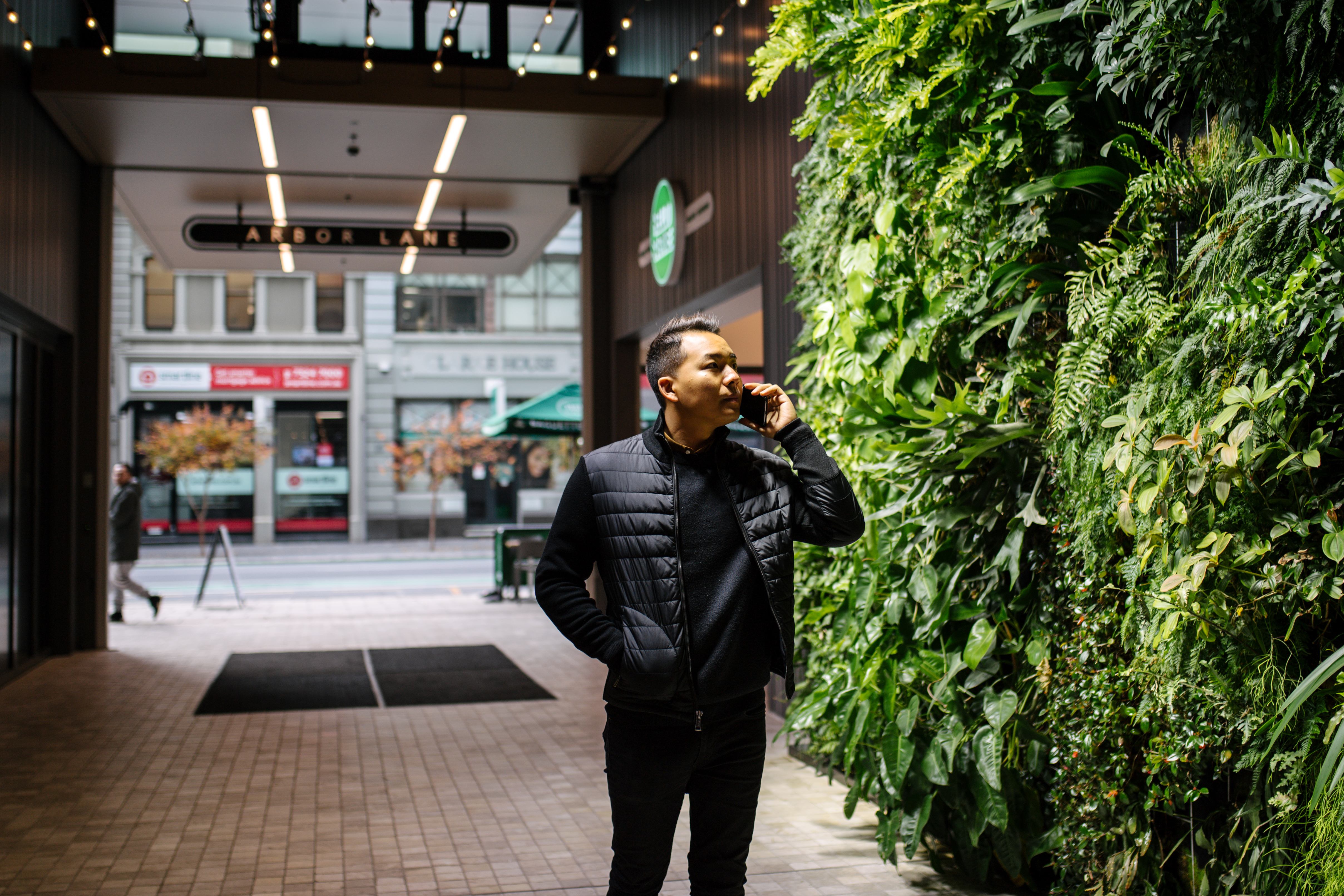
Voila! Bask in your new green view
Your green wall will take about 6 to 12 months to flourish. Most suitable plants will grow like a waterfall on your decked out wall.
Keep an eye on your plants for the first 6 months to make sure the soil and watering is right – not too wet or dry. Use a soil tester if you really want to be on-the-ball.
If a couple of plants die, that’s okay, just replace them as you go. Some plants are just not meant to be.
Find out more local gardening tips
Just beginning your gardening journey? Head to our gardening hub for more tips and tricks.
This content was created with our friends at the Adelaide Zoo.